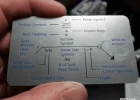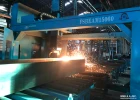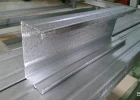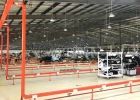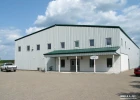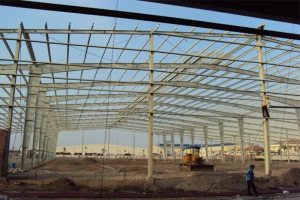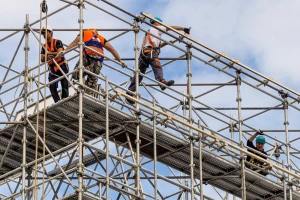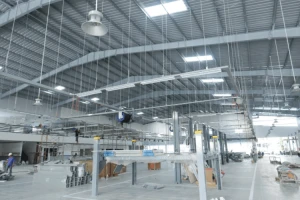Comparision between steel structure and reinforced concrete structure
Steel structure and reinforced concrete are two widely used construction materials that offer unique advantages and characteristics. Understanding the differences between structural steel and reinforced concrete is essential for making informed decisions in construction projects. In this article, we will compare these materials in various aspects.
1. An overview of steel structure and reinforced concrete
1.1 Steel structure
Steel structures are a type of building that uses steel as the main material for support and framing. Steel buildings have become more and more popular due to a number of advantages such as strength, durability, flexibility, and so on.
First of all, steel structures are strong and durable, so they are suitable for constructions that require large spaces like warehouses, factories, and so on. Besides, their ability to resist fire, seismic force, etc. means that they can provide a high level of safety and security. Steel material is also flexible, making it easy to be shaped into configurations that meet the demands of building owners.
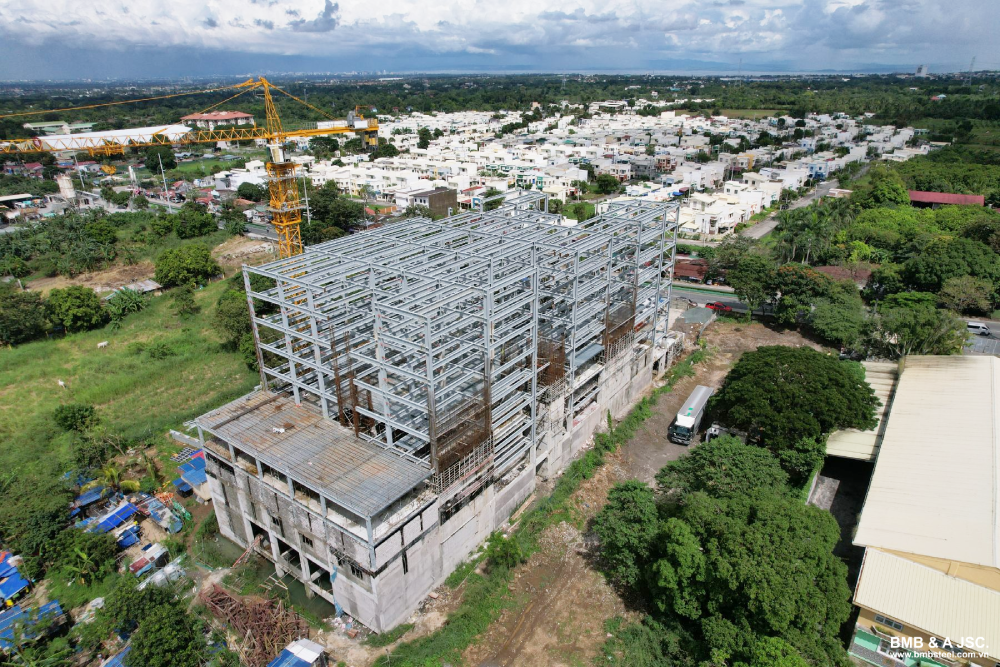
1.2 Reinforced concrete
Reinforced concrete is a versatile construction material that combines the strength of concrete with the added tensile strength of steel reinforcement. It is widely used due to its durability, ability to withstand both compression and tension and versatility in design. Reinforced concrete is utilized in a range of construction projects to create strong structures capable of withstanding heavy loads and harsh environmental conditions.
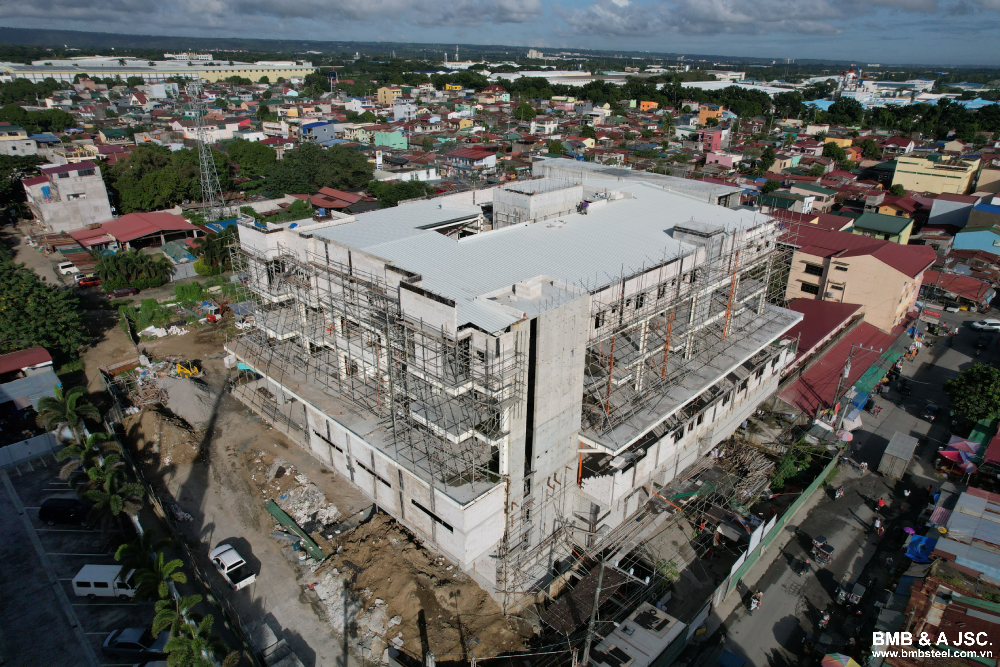
2. Comparison between steel structure and reinforced concrete structure
2.1 Materials
Steel structure:
- The main material used in steel structures is structural steel, which is primarily composed of iron and carbon. It may also contain small amounts of other elements to enhance its properties.
- Steel structures utilize various types of fasteners, such as bolts, rivets, and welds, to connect steel members and components together.
Reinforced concrete: Concrete is a composite material made of cement, aggregates (such as sand and gravel), and water.
- Cement is a key component of concrete. It is typically made from limestone, clay, or silica, and it acts as the binder that holds the other materials together.
- Aggregates, such as sand and gravel, provide bulk and stability to concrete. They are mixed with cement and water to form the concrete mixture.
- Water is crucial for the hydration process of cement, allowing it to bind with the aggregates and form a solid matrix.
- Reinforced concrete incorporates steel reinforcement, which consists of rebar (steel bars) or mesh. The reinforcement provides tensile strength to the concrete and helps to resist cracking and structural failure.
2.2 Strength and structural properties
Steel structure:
- Steel is renowned for its exceptional strength-to-weight ratio, making it ideal for structures that require high load-bearing capacity and large spans.
- It is inherently strong in both tension and compression, allowing for versatile design possibilities.
- Steel elements have small, compact cross-sections, resulting in a weight that is approximately 60% lighter than concrete.
- Steel structures can efficiently withstand heavy loads, making them suitable for industrial buildings, high-rise structures, bridges, and large-scale infrastructure projects.
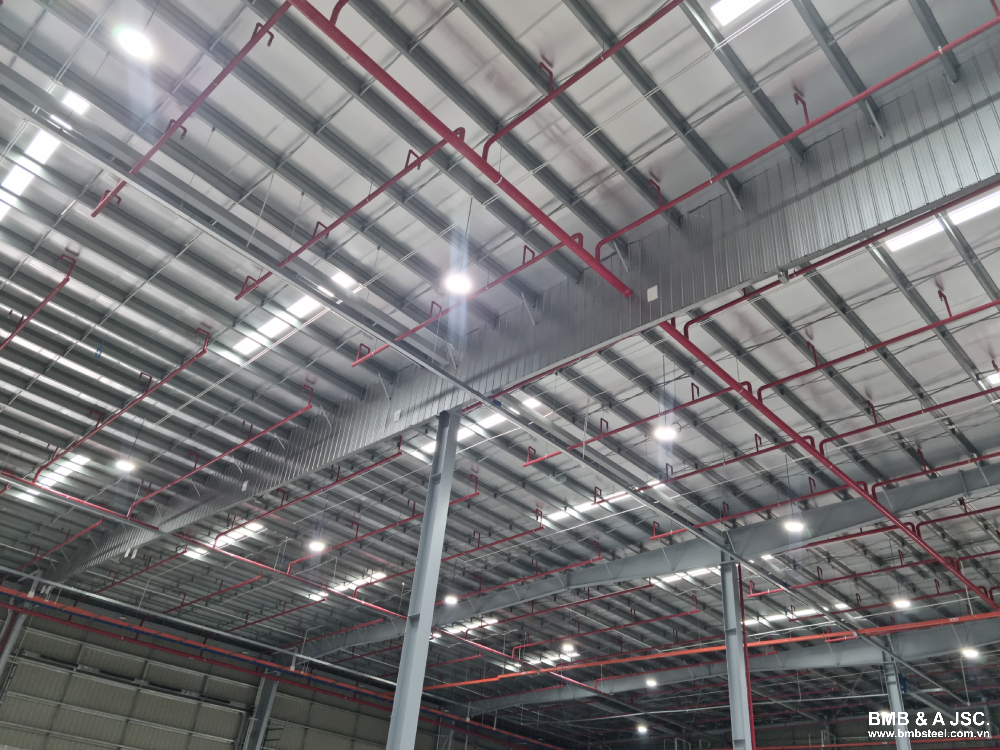
Reinforced concrete:
- Concrete is strong in compression but weak in tension. To address this limitation, reinforcing bars (rebar) are embedded within the concrete to provide tensile strength. In terms of tension and shear strength, steel is eight times stronger than concrete.
- Reinforced concrete combines the compressive strength of concrete with the tensile strength of steel, resulting in an excellent material for a wide range of structures.
- Reinforced concrete members are bulky and can weigh up to 2,700 kg/m³.
- It is commonly used in buildings, bridges, dams, and various civil engineering applications.
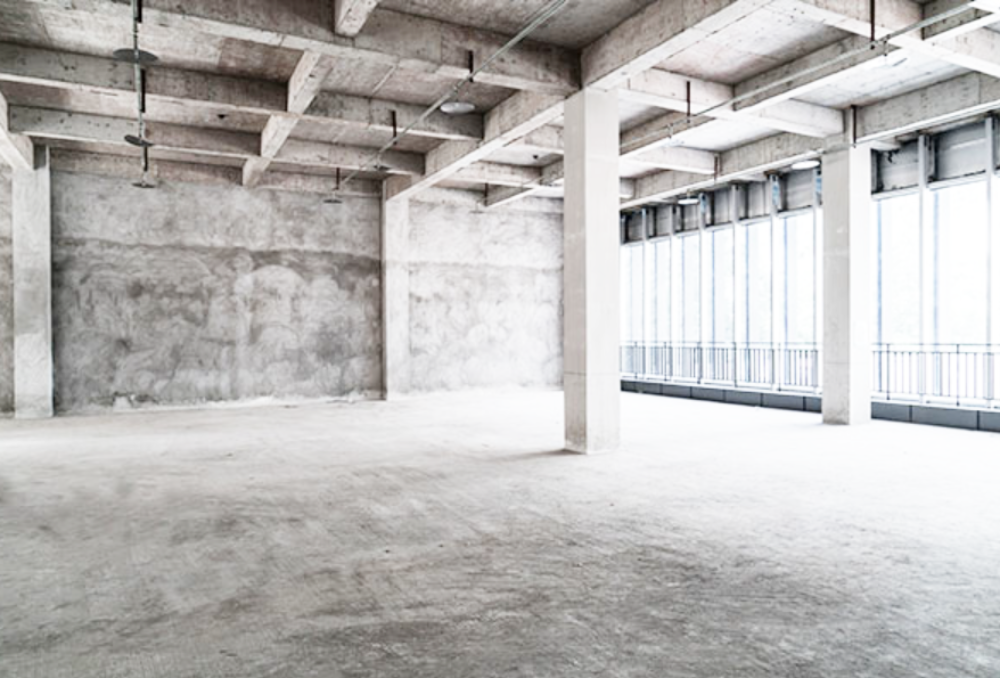
2.3 Design flexibility
Steel structure:
- Steel's high strength and ductility enable the creation of large open spaces, long spans, and curved or irregular shapes.
- Steel members can be prefabricated off-site, enabling faster construction and easier modifications or expansions in the future.
- The versatility of steel makes it suitable for architectural landmarks such as sports arenas, and modern commercial buildings.
Reinforced concrete:
- Concrete provides versatility in design, allowing for a wide range of shapes and forms to be achieved. It can be molded into intricate architectural details and used in combination with other materials.
- However, concrete structures may require more planning and coordination due to the need for formwork during construction.
- Reinforced concrete is commonly used in residential buildings, commercial structures, bridges, and infrastructure projects.
2.4 Construction speed
Steel structure:
- The prefabrication of steel components off-site contributes to faster construction timelines. Steel structures can be erected quickly, resulting in reduced labor costs and shorter project schedules.
- The lightweight nature of steel facilitates easier transportation and assembly, making it advantageous for projects with time constraints.
Reinforced concrete:
- Concrete construction typically takes longer due to the need for on-site formwork and curing time.
- Concrete structures require careful planning and coordination to ensure proper concrete pouring, curing, and form removal processes.
- Despite the longer construction duration, advances in construction techniques, such as precast concrete elements, have helped expedite the construction process for reinforced concrete structures.
3. Combination of steel structures and reinforced concrete
The combination of steel structures and reinforced concrete, often referred to as composite construction, offers a powerful synergy that leverages the strengths of both materials.
One common application of this combination is the use of steel beams or columns embedded within reinforced concrete elements. The steel components provide the desired strength and stability, while the surrounding reinforced concrete adds rigidity, fire resistance, and protection against corrosion.

The benefits of combining steel structures and reinforced concrete include:
- Structural efficiency
- Flexibility in design
- Strength and durability
- Fire resistance
- Construction efficiency
- Sustainability
Above is some information regarding the comparison between steel structures and reinforced concrete structures. Hopefully, this article has provided you with useful information. Visit BMB Steel’s website to read more about pre-engineered steel buildings and steel structures. You can also contact us for design consulting and steel production services.









